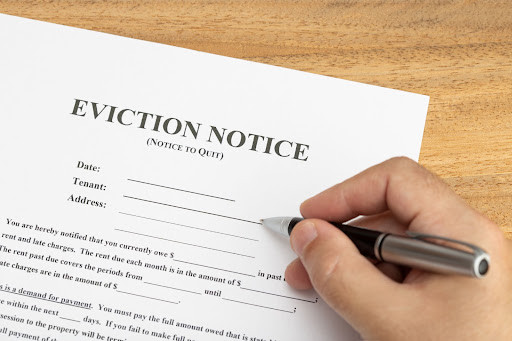 If a borrower is in default, but a lender does not want to go through the foreclosure process, then the pre-foreclosure process is crucial for lenders. A typical lender will not want to jump onto foreclosing a commercial property on the first whim, as it requires resources, time, and money. A well strategized pre-foreclosure, which utilizes tools like demand letters and renegotiation, might allow lenders to help their borrowers before issuing a NOD.
If a borrower is in default, but a lender does not want to go through the foreclosure process, then the pre-foreclosure process is crucial for lenders. A typical lender will not want to jump onto foreclosing a commercial property on the first whim, as it requires resources, time, and money. A well strategized pre-foreclosure, which utilizes tools like demand letters and renegotiation, might allow lenders to help their borrowers before issuing a NOD.
Using a Demand Letter for Non-Judicial Foreclosures in California During the Pre-foreclosure Phase
Once lenders issue a Notice of Default (NOD) in California, the timer starts. The notice becomes public, is published in a magazine, and borrowers have ninety days to balance their mortgage defaults before the lender sets a sell date and issues a Notice of Sale (NOS). However, while there is no requirement to issue a demand letter in California, lenders may not issue an NOD less than 120 days after the default and less than thirty days after trying to reconcile the loan with the borrower.
Because foreclosure is often a last resort, and NODs start the timer, lenders may seek out ways to resolve deficiencies before starting the foreclosure process. A demand letter specifically is not required in the California non-judicial foreclosure process, but it is one way that a lender may notify the borrower before issuing an NOD. A demand letter simply restates the terms of the loan, and demands that the borrower rectify their accounts immediately. More common for a non-judicial foreclosure might be a breach letter, which is required before issuing an NOD. This letter informs the borrower of the conditions that have been breached, and might inform the borrower that the lender can accelerate the loan.
Loans secured by one-to-four owner-occupied residential properties must follow specific mandated proceedings, especially if an SNDA is involved.
Alternative Resolution
If a borrower is facing difficulties, a lender might choose to negotiate an agreement and seek alternative ways to settle the loan. Alternative resolution can sometimes be best for both parties, as it saves time, stress, and money. Some alternative methods include offering a temporary stay, making modifications to the loan, and discussing refinancing options.
Keep Your Team Educated About Foreclosure Law
At Total Lender Solutions, we advocate for lenders looking to maximize recoveries on defaulted loans. For over 15 years, our team of highly experienced real estate professionals and legal experts has transformed complicated processes into clear resolutions for institutional and private lenders. We work as a vigorous extension of your team to provide comprehensive solutions and seamless communication, from pre-foreclosure and notice of default to the final sale phase. Our dedication and persistence when it comes to the foreclosure process ensures that our clients feel confident in reaching a successful outcome. Contact us today.
